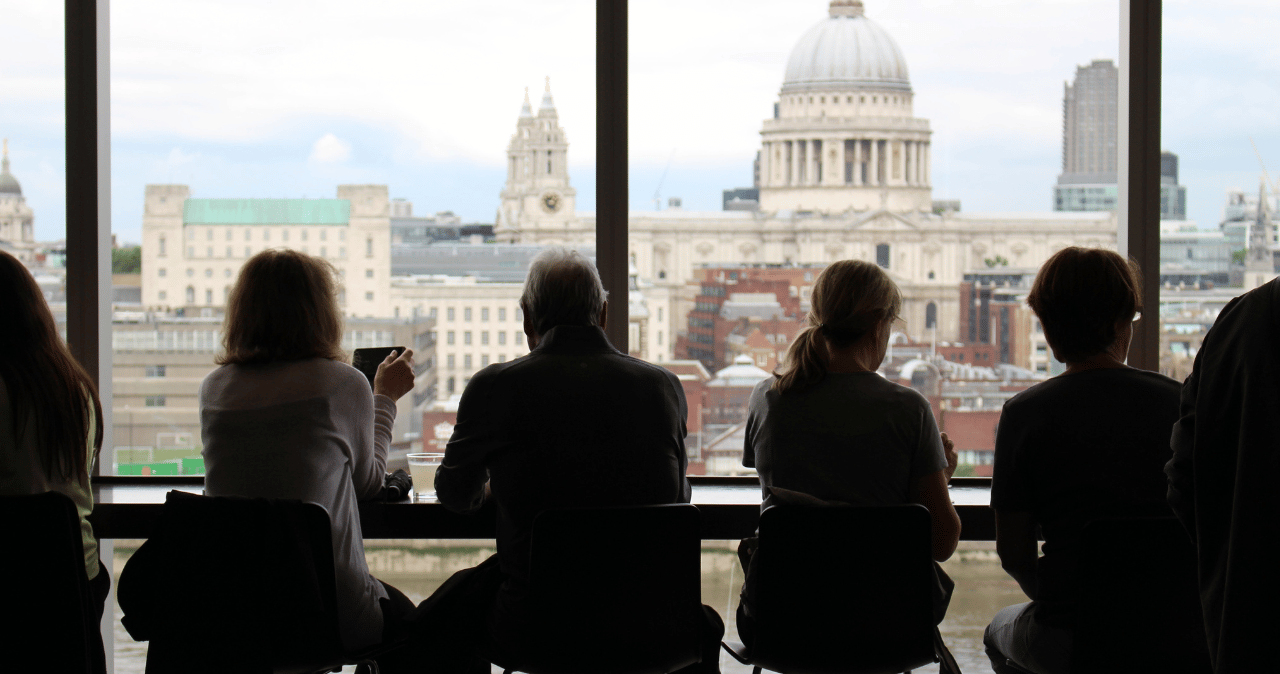Journalists are under immense pressure. Their time is precious, particularly those working on national news desks. Over the past two years, the current affairs landscape has been dominated by major, unprecedented events. From Brexit to a global pandemic, political unrest to the war in Ukraine, soaring energy costs and a looming recession to more recently, the loss of our greatest monarch, Queen Elizabeth II. Therefore, making your media comments stand out is more important than ever before.
Make it juicy
This means there’s a real fight for column inches, but only when the time is right. Comments must stand out. Data, case studies, and anecdotes are useful additions. They bring a story to life in their own way. Journalists like material that is quantifiable. For example, a recent story suggested that there’s enough surplus corporate real estate in London to fill 66 Gherkin buildings. This is something that is instantly familiar with the reporter and the reader. It ticks all the boxes and resulted in high-profile national headlines. Data, along with access to high-resolution imagery, can often make or break a story.
The small guys can play too!
Journalists don’t always want to hear the views of the so-called ‘big players’ in the market. They value opinion from anyone if it’s not commercial or salesy. A national journalist working in the accountancy space once said to me “it’s not all about the PwC’s of this world”. And they are right. Regardless of company size, everyone has a voice to bring to the table, and with that comes a chance to express different views, opinions, and experiences. Journalists don’t want five or six spokespeople saying the same things. Therefore, it’s important to share something original.
What’s current?
It also depends on the circumstances and what you’re saying. If it is a direct response to the current news agenda, then that demonstrates that you are alive to current affairs and you have got your finger on the pulse. That’s so long as the comments are sent the same day the story breaks. This is also a very useful tactic for quick, hard-hitting media exposure aligning brands with high-profile debates. However, there is a line that mustn’t be crossed when it comes to ambulance chasing. For instance, you don’t want to be “looking for angles” when a tragedy or disaster occurs. Unless you’re directly involved, then don’t bother. It’s insensitive and bad practice. Journalists will remember your name and brand too.
Know your audience
It’s also about being smart and understanding the journalists that you’re approaching. During the 2016 Rio Olympic Games, a national radio station mockingly read out live on air a selection of press releases they’d received from brands completely removed from sport which were attempting to piggyback the event. Journalists see through that, and in the end, it resulted in negative PR for those involved. And with social media, there’s always that added danger of having your bad approach published by journalists.
We’ve been shortlisted and won awards for our media relations work, most recently at the 2022 Property Marketing Awards and the CIPR Awards. If you’d like to hear more about how we can help you hit the headlines, make your media comments stand out, and align your brand with some of the country’s most high-profile issues then please contact us here.








